Shiraz is the name given to the dark-skinned Syrah grape when grown in Australia and chosen for pockets of the New World.
The characteristics of Shiraz are so well known and marketed that it is used to name Syrah wine in countries other than Australia. It can refer to a rich and complex style, although it is not set in stone. Likewise, it does not guarantee the origin of the cuttings used for vineyard cultivation.
In South Africa, the name Shiraz is common, and in America, South America and Israel, depending on the fashion, Syrah or Shiraz can be used. Even a few producers in France’s Languedoc Roussillon have tried to classify their wine as Shiraz.
Shiraz is so important for Australian grape cultivation that it is the most cultivated in most of the country’s vineyards. It has become almost synonymous with the country’s major wine regions, particularly the Barossa Valley.
History of Shiraz
Historically, the word Shiraz refers to the wine produced around the city of Shiraz in southern Iran. By the 9th century, the region was known for producing some of the finest wines in the world. Although the export of safe wine was recorded in the 20th century, after the Islamic Revolution of 1979, wine was no longer legally produced in Iran due to the prohibition of alcohol.

DNA analysis revealed that Shiraz is a cross between two small Rhône varieties: Dureza (a dark-skinned grape) and Mondeus Blanche (a white grape), both of which are no longer cultivated today. This variety proves the origin of the rune, although there are many stories about how it was named. The earliest Australian documents that mention the grape refer to it as “Cires”, and Shiraz is probably an insult to the term rather than an homage to the city in Iran.
Australia’s history with grapes dates back to the mid-19th century. Many of these pioneering wine properties are still growing, particularly in the Barossa, with many vineyards over 100 years old still growing today.
These low-yielding cane veterans supply the young, dense berries of some of the greatest red wines in Australia and the world. No other region, including Hermitage and Cote Routie, has such a concentration of old vines.
In the 1990s and early 2000s, many Australian Shirazes had over-extracted wines that attracted the attention of wine critics around the world, for better or for worse. Some people respond well to the style and get rich, bold flavors. Others blamed the wine’s lack of finesse. Despite critics’ disagreements, consumer enthusiasm for Australian Shiraz grew during this period, and countless expressions of the style were exported around the world.

At the beginning of the 21st century, much of the approach to Australian Shiraz underwent a radical change. Cooler weather patterns are emerging and evolution is becoming more and more force-driven. A new generation of wines are beginning to emerge that work on the beautiful spicy patterns of the Northern Rhône.
Shirazi flavors
The common style of winemaking in Shiraz leans towards bright fruit flavors – often blueberries, black currants and black cherries. Secondary notes of chocolate match well with the full texture of this wine, often accentuated by infusions of pepper and spice.
Integration partners
Like Syrah in the Rhône, Australian Shiraz is often blended with Grenache and Mourvèdre (also known as Mataro), more commonly known as GSM. The dark chocolate and cassis of Shiraz, combined with the exceptional richness of Grenache and the playful earthiness of Morpher, creates a rich and elegant style that is often greater than the sum of its parts.
The combination of Syrah/Shiraz with Cabernet Sauvignon is perhaps more associated with Australia. The Cabernet-Shiraz blend has become so popular that it now accounts for a significant portion of Australia’s red wine mix.

(This blend of Rhône and Bordeaux is rarely seen at the French DOC level, although there are many examples from southern IGPs such as the Pays d’Or. This blend has an illicit past; Rhône Sierra is often used in the process. an immature claret.) known as Hermitage).
Another notable Shiraz blend mimics the particular Cote Roti wine by adding a small percentage of vinaigrette to the wine. Australian Shiraz-Viognier wine has also gained a good reputation on the international scene.
Synonym of Shiraz
Not to be confused with: Hermitage is a prestigious French brand that produces age-appropriate Syrah.
Australia: When this variety was first introduced in 1832, it was known as Siras. Shiraz was adopted at the end of the 19th century.
Other synonyms include Marcin Noir, Blue Syrah and Syrah.
The best food pairing for Shiraz
Shiraz makes the best combination with healthy and delicious foods. Roasted red meat, game birds, cured meats, and goat stews all work well with medium to high tannins in Shiraz. Ideal vegetarian options include eggplant lasagna, lentil bolognese, and falafel or mushroom-based burgers.
The best cheese pairings for Shiraz are those with a strong flavor, such as blue cheese, Roquefort, or grilled halloumi. Avoid combining Shiraz with soft cheeses, as well as light salads or seafood.

Shiraz, as it is known in the New World, is one of the great black grape varieties because it can produce a delicious dark and full-bodied wine that is worth a lifetime.
Expect rich blackberry, black plum and blackberry flavors with hints of spice, coffee, leather and licorice in warmer regions and subtle truffle notes that develop with age.
Interesting facts about Syrah wine
“Shiraz”, which is called Syrah in most parts of the world, has become the special name of this grape in Australia.
DNA analysis confirmed that the grape originated from the Rhone River in France.
From the 1980s to the mid-2000s, Sirah City grew from about 10,000 hectares to one hectare under cultivation. More than 450,000 hectares.
Syrah makes the darkest red wine in the world.
Syrah has a very hard skin, which led winemakers to soak it in golden water for days or weeks.
When you taste the Syrah, you are treated to a faded aftertaste and then a peppery note in the aftertaste.
Because of its front-loading style, Syrah is often paired with grapes that add a medium flavor, such as Cabernet Sauvignon, to complement the wine’s flavor.
Syrah from Italy and France has more acidity and an earthy herbal flavor. Syrah wines from Australia, the United States and South America have a fruity character with a lot of spice.

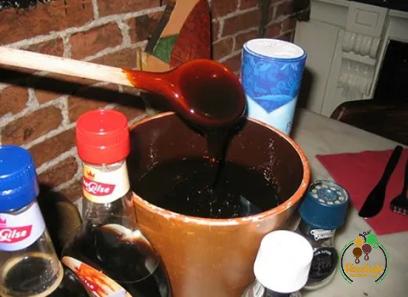
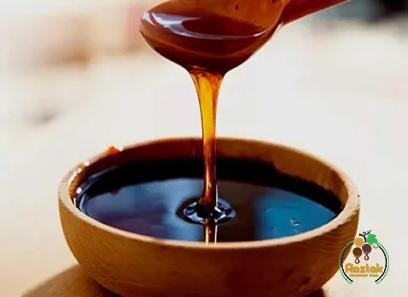
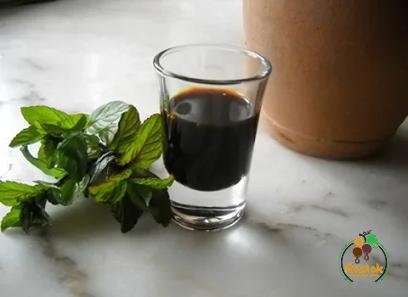
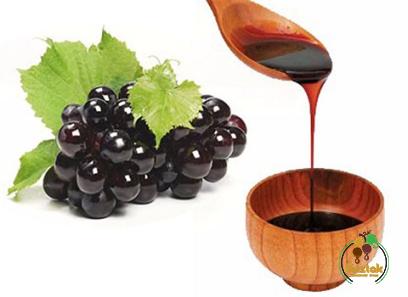

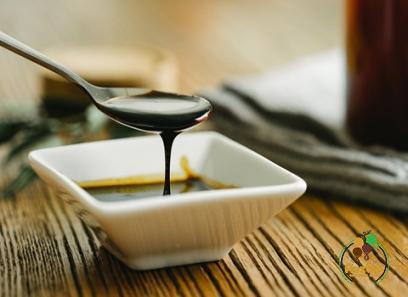
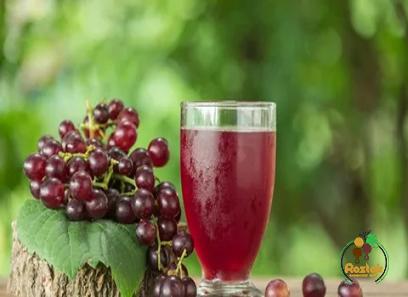
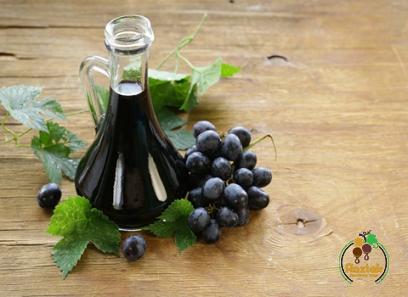
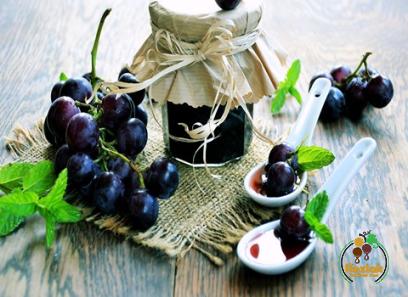

Your comment submitted.